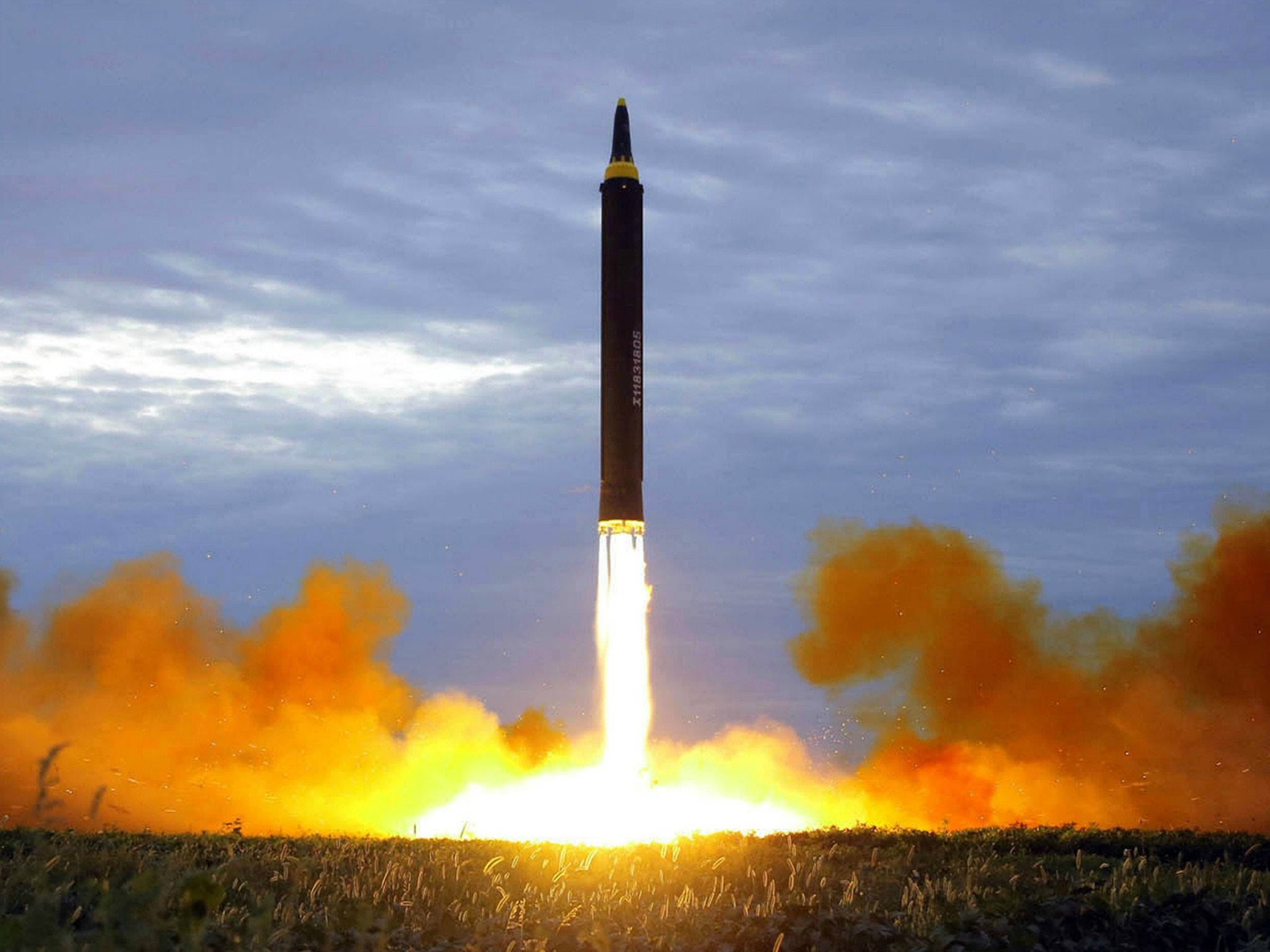Hawaii brings back Cold War missile warning sirens over fears of North Korean nuclear attack
Television and radio announcements are also being aired to tell people what to do in event of a strike

Your support helps us to tell the story
From reproductive rights to climate change to Big Tech, The Independent is on the ground when the story is developing. Whether it's investigating the financials of Elon Musk's pro-Trump PAC or producing our latest documentary, 'The A Word', which shines a light on the American women fighting for reproductive rights, we know how important it is to parse out the facts from the messaging.
At such a critical moment in US history, we need reporters on the ground. Your donation allows us to keep sending journalists to speak to both sides of the story.
The Independent is trusted by Americans across the entire political spectrum. And unlike many other quality news outlets, we choose not to lock Americans out of our reporting and analysis with paywalls. We believe quality journalism should be available to everyone, paid for by those who can afford it.
Your support makes all the difference.Hawaii has reinstated a Second World War-style missile warning system amid fears of an attack by North Korea.
The sirens have not been tested since the Cold War but are being brought back as the US state responds to the on-going war of words between Donald Trump and the secretive communist state's leader Kim Jong-un.
Reintroduced at the start of next month, the warning system will utilise existing technology that is already used to warn local people of an incoming hurricane or tsunami.
Experts believe a North Korean missile could take just 20 minutes to reach Hawaii, meaning residents would have only have a very short time to react.
Hawaii is protected by US anti-missile systems but the state’s leaders are taking extra precautions. They have expanded an educational programme teaching residents how to respond to a nuclear strike and arranged a series of public meetings and television and radio announcements to ensure Hawaii’s 1.4 million residents know what to do in the event of an attack.
Local people are being told to have a plan in place for where they will take shelter if alarms warn that a strike is imminent.
They have also been advised to hide in a concrete structure and have enough food and water to last at least 48 hours and ideally two weeks.
While he said a nuclear attack was unlikely, Vern Miyagi, a retired army major general who is now administrator of the Hawaii Emergency Management Agency, told NBC News, that the state was "a likely target because we’re closer to North Korea than most of the continental United States."
He said: “As we track the news and see tests, both missile launches and nuclear tests, it’s the elephant in the room. We can’t ignore it. People of Hawaii need to know what Hawaii is doing in preparation for this.
“Each individual, each family should have a plan to be resilient, so they can take care of themselves, while we focus on getting the critical infrastructure, the harbours, the water, the roads, all back to some sort of normalcy.”
Officials believe that, if precautions are taken, 80 to 90 per cent of the population of Hawaii could survive a nuclear attack.
The decision to prepare for a possible strike comes after a heated dispute between the US and the North Korean regime.
The pariah state has threatened to launch a missile at American territory, while Donald Trump recently vowed to inflict “fire and fury the like of which the world has never seen” if North Korea launches an attack.
Join our commenting forum
Join thought-provoking conversations, follow other Independent readers and see their replies
Comments